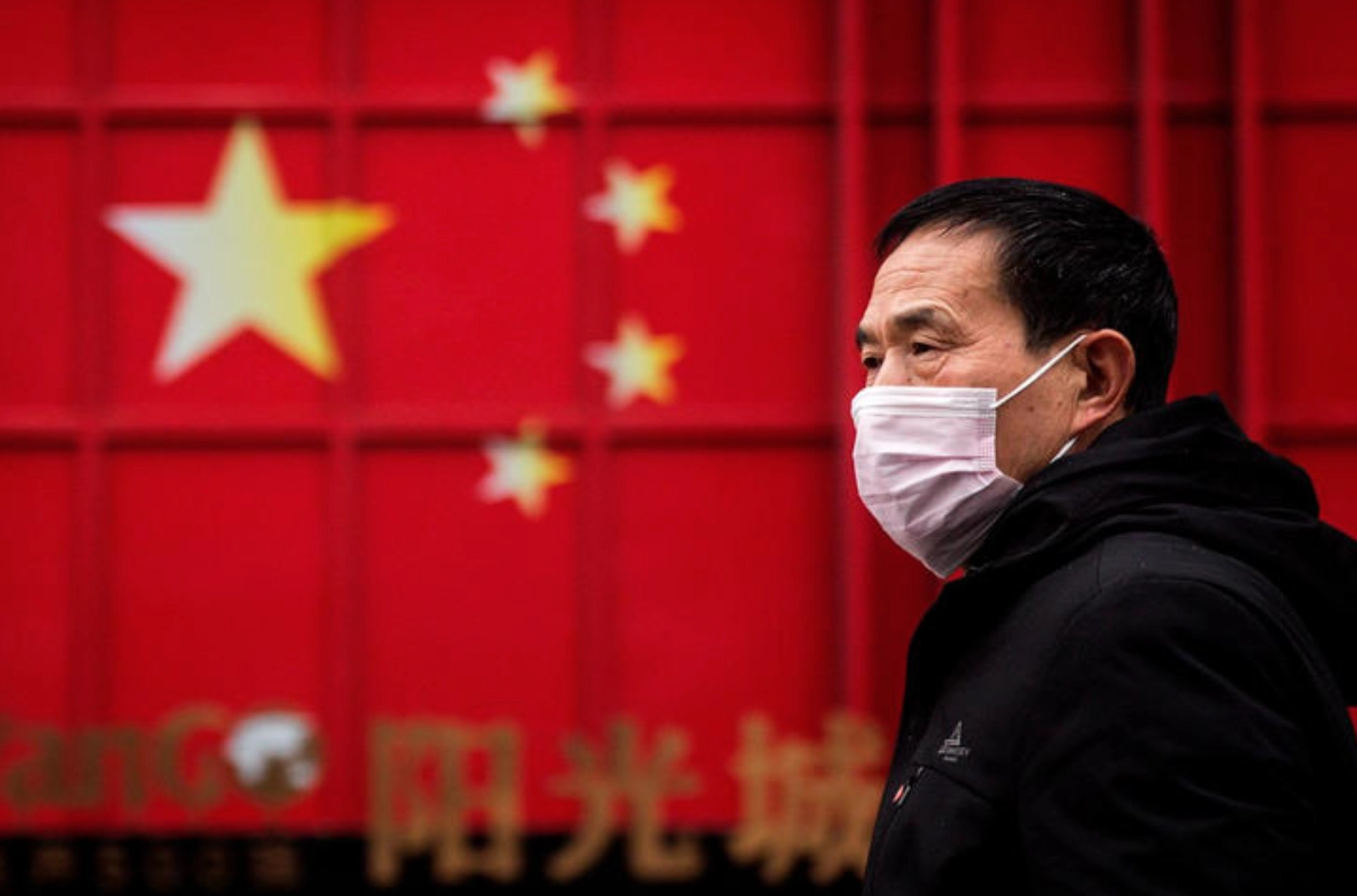
This September marks the 10th anniversary of Xi Jinping’s presentation to the international community of the flagship project of Chinese diplomacy: the Belt and Road Initiative (BRI). The initiative proposes China’s economic and commercial integration with the world through land and maritime corridors and infrastructures in Central Asia, Europe, Africa, and Latin America, financed mainly by Beijing.
The plan is seductive. In the last decade, at least 151 countries have signed memoranda of accession, including 22 Latin American and Caribbean countries.
The Chinese “Marshall Plan”
Beijing finds the rationale for its current policies in its own civilization. The Silk Road, a network of land and sea routes that two thousand years ago stretched across different regions of the world, inspires the “project of the century”, as the regime’s propaganda labels it. It adds that it is intended to “benefit all mankind”. However, critics of the project liken it to a Chinese Marshall Plan that allows Beijing to exert international influence and build its global leadership. It sets the agenda and lays the foundation for a new global order.
The BRI scheme already existed before 2013. China launched its outward-looking strategy shortly after joining the World Trade Organization in 2001. And, because of its need to guarantee the supply of natural resources that were to feed the world’s factories and the country’s urbanization, its state-owned companies and banks began their internationalization. Hand in hand with their state capitalism, they invested in all kinds of projects, built infrastructures halfway around the world, and financed on a large scale. With the 2008 financial crisis, Beijing gained access to assets, technology, and strategic markets that were previously off-limits.
Chinese demand in Latin America
In 2013, this model was diplomatically packaged, adorned with slogans, and given an attractive name. By then, Latin America had benefited from Chinese demand and commodity prices. Trade flows were growing exponentially, and it was receiving endless financing amid reluctance from the West. Ecuador, Argentina, Venezuela, and other countries threw themselves into China’s arms. Not only because China was an (almost) inexhaustible source of loans, but also because of political and ideological affinity, including an anti-American impulse. Many of those governments thus joined the BRI.
Does everything lead to Beijing?
The Chinese government announced in 2019 that more than 3,100 connectivity projects were carried out within the scope of the BRI. However, it is difficult to know how many of them existed beforehand or how many would have been implemented anyway without the BRI. In any case, a decade after Xi Jinping’s announcement, the plan seems to have lost momentum amid the new geopolitical world coming out of the pandemic, the extent of debt (in)sustainability, and China’s own economic slowdown. It no longer appears that all roads lead to Beijing.
In such a scenario, there are alternatives that are perhaps less ambitious than the BRI. One is the commitment to dual circulation, in which China seeks to reduce its dependence on foreign trade. At the same time, it is seeking to strengthen its domestic economy. It is also renewing its efforts in Southeast Asia, where it has historical influence. And in the countries that constitute the Shanghai Cooperation Organization, located on its periphery. Although China’s development and prosperity are highly dependent on the rest of the world, and isolation is by no means an option, Latin America could lose (for these reasons) part of its attractiveness.
Selective deglobalization, including the relocation of companies formerly based in China to more reliable destinations, forces all players to readjust their chips on the board. But even if the BRI loses strength economically, it will remain politically important for Beijing as it seeks to consolidate its role as an emerging power, and, perhaps later, a hegemonic one. To this end, the BRI will coexist and complement the other global security and development initiatives promoted by Xi Jinping. Its backdrop is the “common destiny for humanity” advocated by the Chinese president.
Subordination
According to critics, this contains a perverse pretension: an international order based on a unity of nations economically dependent on China and thus subordinate to it. In addition to its economic aspect, the BRI’s action has been concerned with reinforcing the idea of China as a power alternative. It advocates multilateralism and seeks to position itself as the main ally for the development of the Global South, often as a counterweight to U.S. interests. Behind all this, Xi Jinping’s will is to attract the Global South to his orbit and influence the world order to make it safer for his interests.
*Text originally published in Diálogo Político
**Translated by Janaína Ruviaro da Silva from the original in Spanish.

